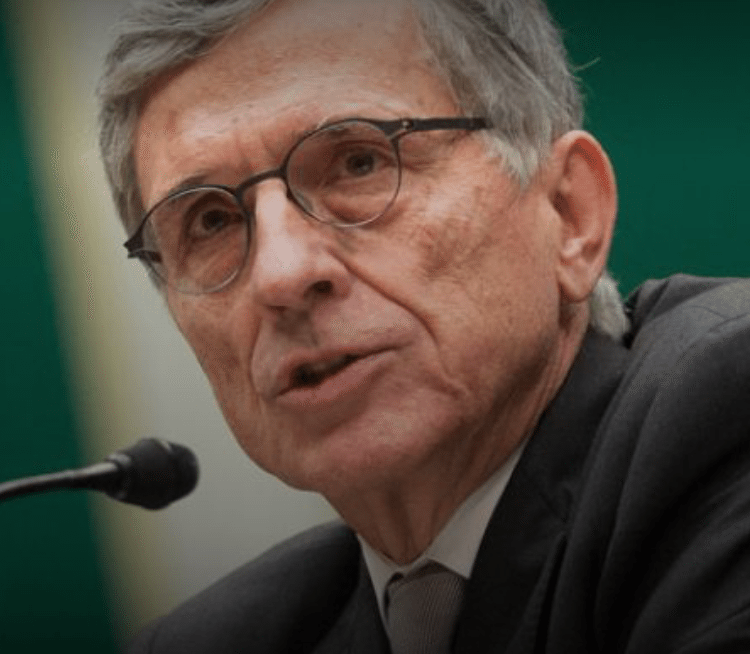
There are three things the FCC can do to help spur 5G deployment, Wheeler said: 1) ensuring ample availability of spectrum to a range of competitors; 2) taking all steps to foster competitive provision of infrastructure; and 3) removing unnecessary hurdles to siting. “In all these areas, the FCC has activities underway.”
He referenced spectrum, adding the agency has been making available more low-band, mid-band, and high-band airwaves. The ongoing incentive auction makes available a “greenfield” of low-band spectrum, and creation of the new Citizens Broadband Radio service in the 3.5 GHz band are landmarks in using new sharing tools to open up more mid-band spectrum, he said.
“We are also going to keep the pedal down on making more high-band spectrum available for 5G.”
Yet to facilitate 5G deployment, more cells are needed, especially at higher frequencies. “These small cell sites will need to be connected, so we’ll need a lot more backhaul.” He continued, “In many areas, competition in the supply of backhaul remains limited, and that can translate into higher costs for wireless networks, higher prices for consumers, and an adverse impact on competition.”
The chairman said: “Before the end of this year the Commission will take up a reform proposal – supported by the nation’s leading wireless carriers, save one – that will tackle this issue and encourage innovation and investment in what we now call Business Data Services, while ensuring that lack of competition in some places cannot be used to hold 5G hostage.”
Barriers to siting must be eased as well, since estimates indicate a 10x growth in small cells, meaning potentially hundreds of thousands of new antennas.
To translate that need to the public, the industry must explain it in better terms, else “we will be unsuccessful in dealing with NIMBYism,” Wheeler said. That means talking up its benefits. “We have to help leaders at the local level – and all levels for that matter — understand that 5G will make the Internet of Things real. But even talking about IoT is too obtuse. Let’s talk about the benefits of smart-city energy grids, safer transportation networks, and new opportunities to improve health care.”
It is also necessary to explain that the nature of 5G technology doesn’t just mean more antenna sites, it also means that without such sites the benefits of 5G may be sharply diminished, according to the chairman. There are just over 200,000 cell towers in the U.S., but there may be millions of small cell sites in the 5G future.
“If siting for a small cell takes as long and costs as much as siting for a cell tower, few communities will ever have the benefits of 5G. We recognize that this is a major concern and are committed to working to lessen these burdens and costs to ensure that 5G is available nationwide, while respecting the vital role that the communities themselves play in the siting process.”




Reader Interactions